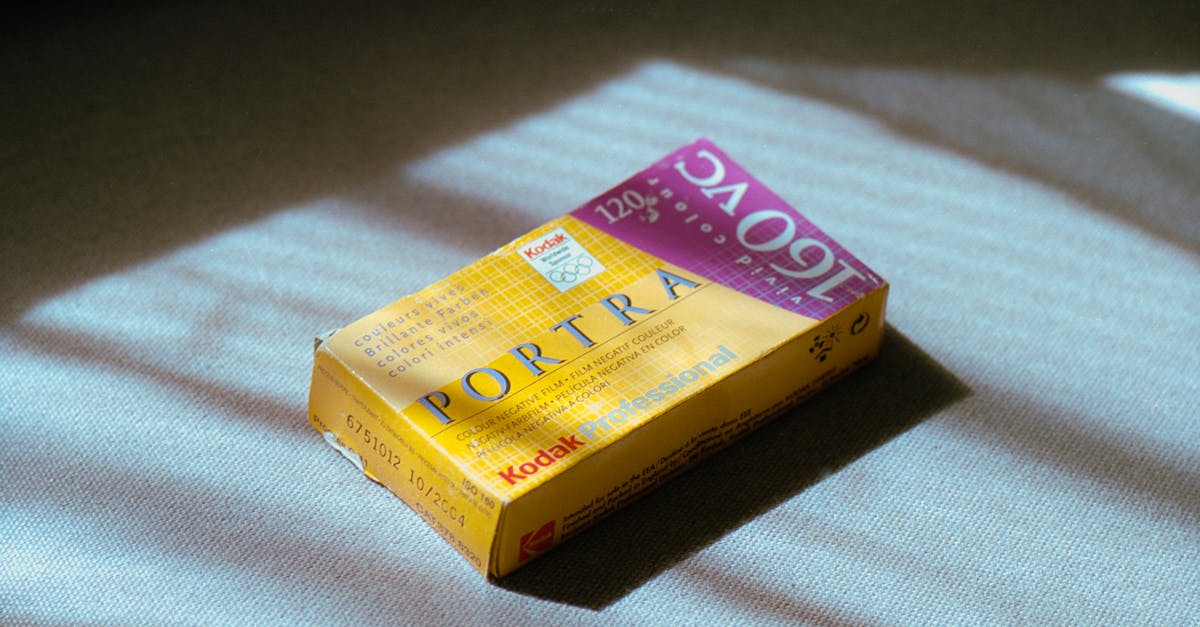Assessing Cable Flexibility for Sewer Camera Efficiency

Table Of Contents
id more extensive damage that may result in costly repairs or the need for a replacement camera system. Ensuring the reliability of the cable through regular maintenance practices helps to prolong the lifespan of the sewer camera and enhances the efficiency of sewer inspection operations.Impact of Detailed Images on Underground Pipework Examinations
Signs of Wear, Tear, and Potential Hazards to Watch Out ForHaving access to high-resolution images is crucial when conducting underground pipework examinations using sewer camera inspections. These detailed images offer unparalleled clarity, enabling professionals to identify even the smallest issues within the sewer system. With crisp picture quality, inspectors can thoroughly evaluate the condition of the pipes, joints, and connections, ensuring that no potential problems go unnoticed.
It is imperative to be vigilant for any signs of wear and tear on the cable used in sewer camera inspections. Fraying or exposed wires along the cable length can indicate potential hazards that may compromise the integrity of the equipment. Damaged insulation, visible cuts, or kinks in the cable can not only lead to signal disruption but also pose safety risks during operations. Regular inspection of the cable for these warning signs is fundamental in ensuring the reliability and efficiency of sewer camera usage.Detailed images captured during sewer camera scans play a key role in proactive maintenance and early detection of issues such as cracks, leaks, and blockages. By closely examining these images, experts can pinpoint areas of corrosion and deterioration, allowing them to take prompt remedial action to prevent significant damage to the sewer infrastructure. Overall, the impact of high-resolution images on underground pipework examinations cannot be overstated, as they provide essential insights for maintaining the integrity and functionality of sewer systems.
Furthermore, any abnormalities in the cable such as twisted sections or areas of stiffness should not be overlooked. These issues could be indicators of internal damage that may worsen over time if left unaddressed. Sudden drops in video quality, intermittent signal loss, or difficulty maneuvering the cable through pipes are clear red flags that warrant immediate attention. Early detection of these warning signs and prompt corrective action can help prevent costly equipment failures and maintain optimal performance during sewer inspections.Recognising Corrosion and Deterioration
FAQSCorrosion and deterioration pose significant threats to underground pipe systems, leading to costly repairs and potential environmental hazards. High-resolution sewer camera inspections play a crucial role in identifying these issues early on, allowing for timely maintenance and preventing catastrophic failures. By capturing detailed images of the interior of pipelines, inspectors can pinpoint areas of corrosion, rust, or other forms of deterioration that might otherwise go unnoticed with traditional inspection methods.
How often should I clean and maintain the cable of my sewer camera for optimal performance?The clarity and sharpness of images obtained through high-definition sewer camera scans are instrumental in distinguishing between normal wear and tear and severe corrosion. This level of precision empowers inspectors to make informed decisions about the best course of a
Operators should watch out for fraying, kinks, bends, cuts, and any other visible damage on the cable, as these can indicate potential hazards and the need for maintenance or replacement.
A high-definition sewer camera is a vital tool for efficient evaluation of sewer system health. By providing clear and detailed images of the underground pipelines, inspectors can quickly assess the overall condition of the sewer lines. This level of clarity allows for prompt identification of any issues or abnormalities within the system, enabling timThe Role of Cable Length in Sewer Camera Flexibilityely maintenance and repairs to be conducted.
Choosing the Right Cable Length for Sewer Camera FlexibilityAdditionally, the use of high-definition technology in sewer line surveys enhances the accuracy of inspections. Inspectors can precisely detect any blockages, leaks, or damages within the pipelines, leading to a more comprehensive evaluation of the sewer system's health. With crisp picture quality and detailed footage, potential problems can be pinpointed with precision, ensuring that necessary actions are taken to maintain the integrity of the sewer infrastructure.
Optimal Cable Length for Efficient Sewer Camera InspectionsFAQS
Flexibility Requirements for Sewer Camera Cable LengthHow does high resolution in sewer camera inspections impact underground pipework examinations?
Maximizing Flexibility in Sewer Camera Cable SelectionHigh resolution in sewer camera inspections provides detailed images that help in accurately assessing the condition of underground pipework.
Impact of Cable Length on Sewer Camera PerformanceCan high resolution sewer camera scans help in recognising corrosion and deterioration?
Factors to Consider for Cable Length in Sewer Camera InspectionYes, high resolution sewer camera scans can help in recognising corrosion and deterioration at an early stage, allowing for timely maintenance and repair.
Why is crisp picture quality important in sewer camera scans?